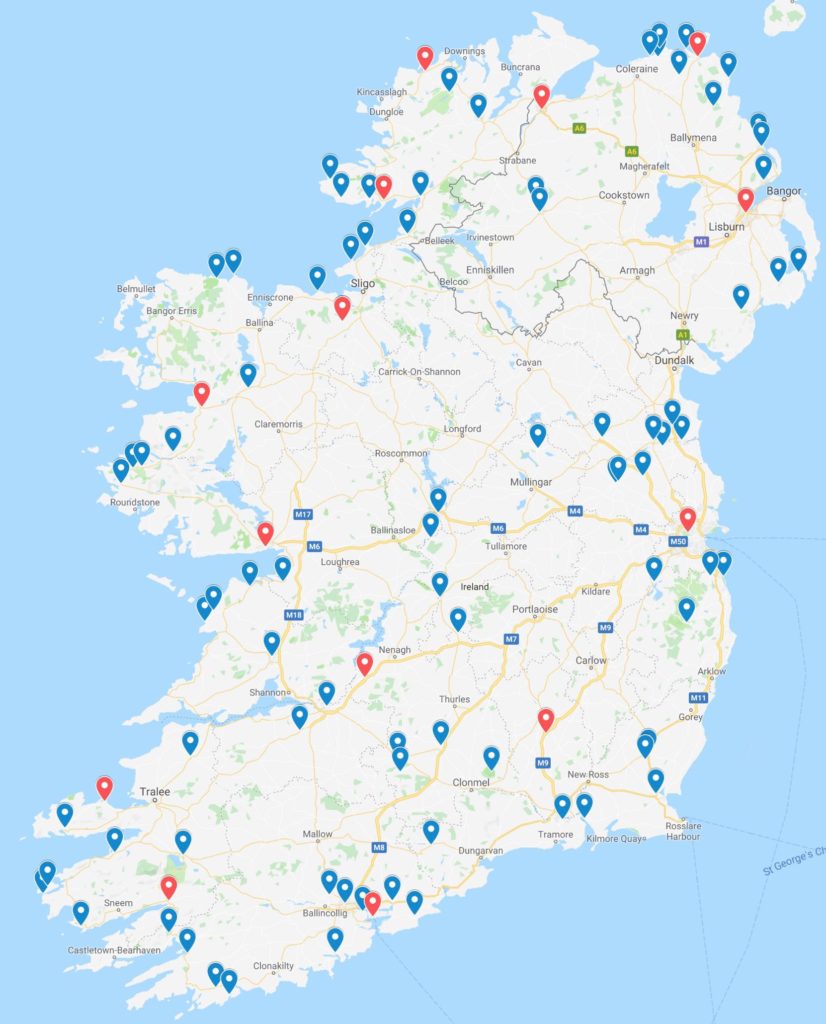
About a week before we left home, I started thinking about jet lag. As someone who suffers from insomnia, I’ve read quite a bit about sleep—and the lack of it. And I’ve tried just about every trick in the books to help me sleep better. Some of them actually help, or at least my brain thinks they do, and that’s all that matters. So as I lay awake last week recalling sleepless nights in cities around the world, I pondered what I could do to alleviate jet lag with my newfound knowledge.
Probably the most effective trick I’ve tried is establishing a regular bedtime and wake-up time. I’m so proficient at this now that I can easily drop off to sleep at 10:30 each night and wake just prior to my alarm at 6:30. What would happen if I gradually started altering that circadian rhythm, shifting back an hour every few days or so—before we leave home? After all, I’m retired. I have nothing better to do with my time, right?
The first night of my experiment, I set the alarm for 5:30, instead of 6:30. No sweat! It was almost magical getting up in the dark before the rest of our world. We made coffee and [bonus!] I got an extra hour to read in the morning while I sipped. By 9:00 that night, we were drowsy and easily drifted off to sleep by 9:30.
This worked so well that two nights later we shifted again. I set the alarm for 4:30. We got up with the alarm, and fell asleep by 8:30 that night. We kept this schedule for another couple of nights. Piece of cake!
A couple of days before our departure, we were all set to pull back another hour until I realized that our flight to Dublin didn’t take off until 7:30—what would be our new bedtime. Dinner on the plane wouldn’t be served before 8:30, and we probably wouldn’t get to sleep before 10:00. We opted not to escalate our plan any further in order to minimize how much sleep we would lose on the night we traveled.
So, how did this little experiment work at our destination? Our bedtime at home had been pulled back to 1:30am Dublin time, which wasn’t ideal, but certainly better than the 3:30am bedtime it would have been without the experiment. And getting only three hours of sleep on the plane and exhausting ourselves by walking seven miles around Dublin the day we arrived also helped. We were asleep by 9:30 our first night. I set the alarm for 7:00—which I chose to ignore at 7:00—and woke more organically at 7:50. Not bad! On our first morning, my body was telling me it was time to get up at what was 2:50 at home.
Now, can we successfully repeat this experiment in the opposite direction when it’s time to go home? I have no idea, but I have twelve more weeks to lose sleep over that one.







































